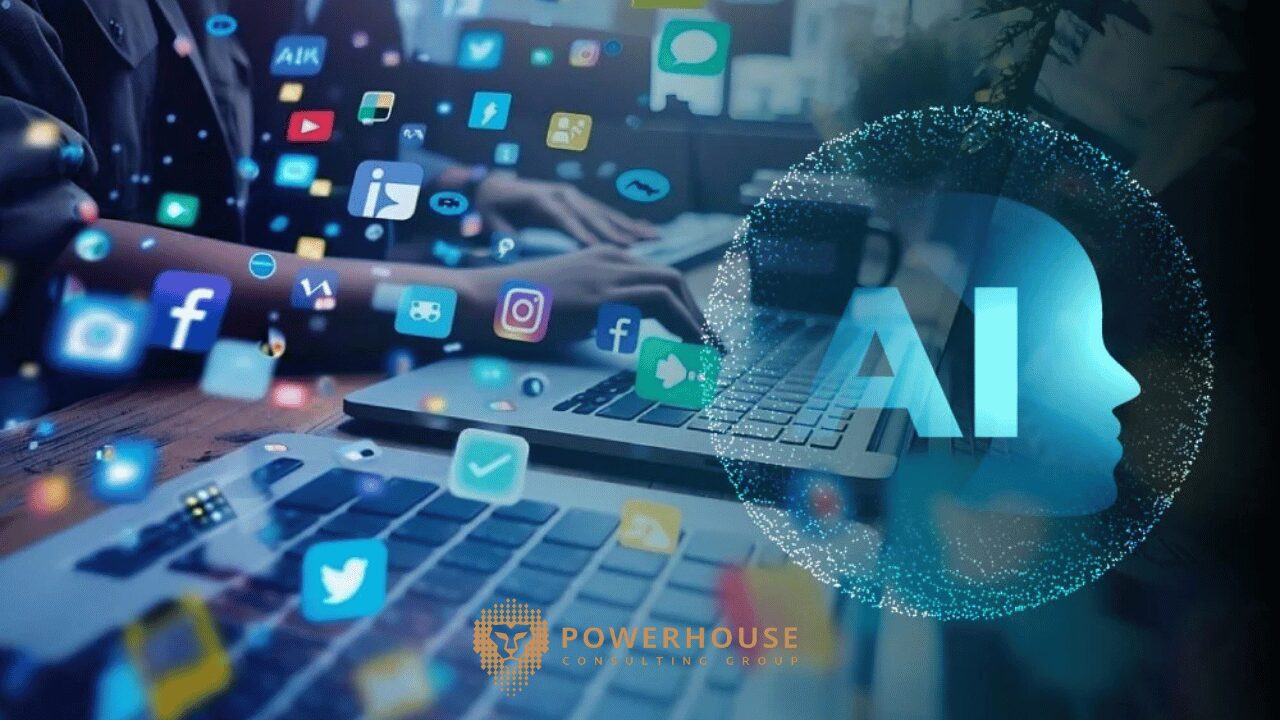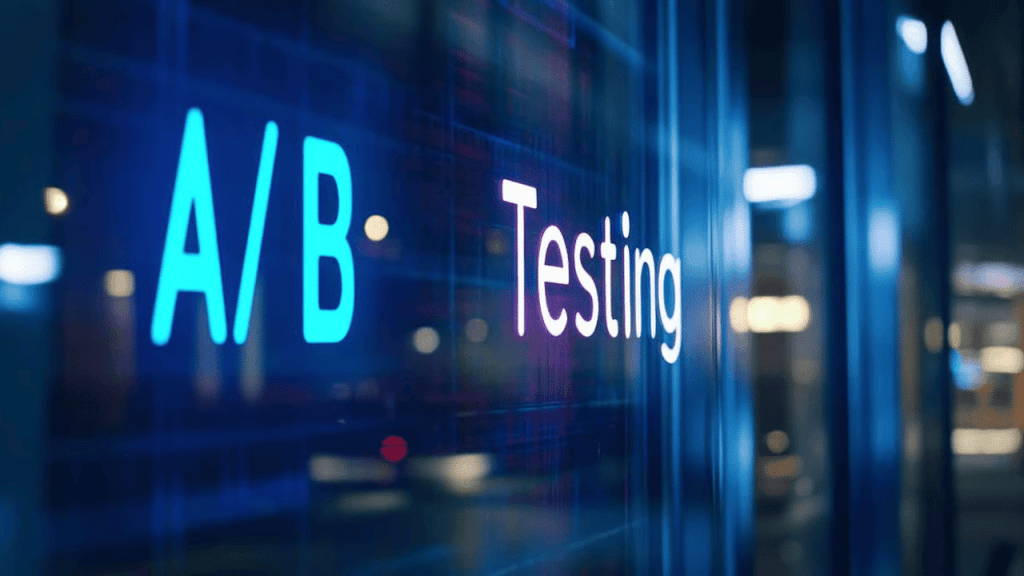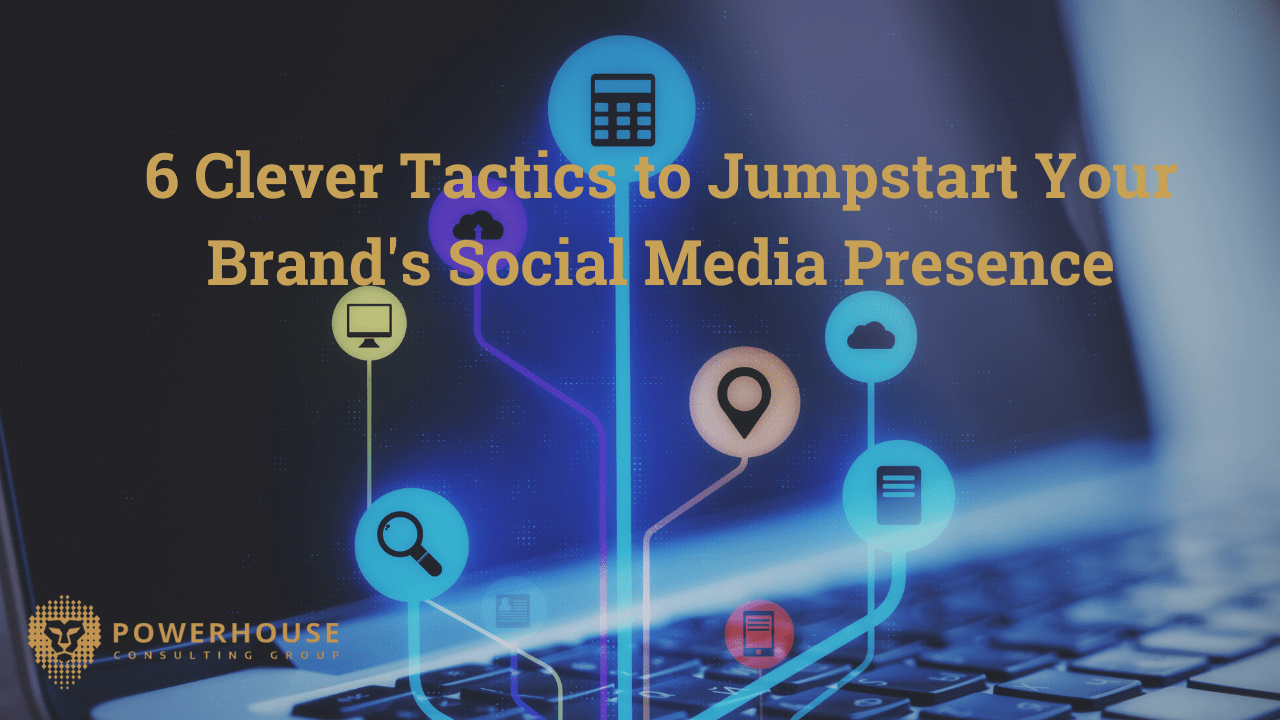
This post may contain affiliate links. Click here to find out more about this.
Table of Contents
The year 2025 is a landmark in social media history. The era of manual, time-intensive content creation is over, replaced by a new paradigm of automation, personalization, and hyper-efficiency, all powered by artificial intelligence. AI is no longer a futuristic concept; it’s an indispensable co-pilot for marketers, creators, and brands, fundamentally altering how content is ideated, produced, and distributed.
This shift is not just about a single tool, but a comprehensive change across the entire content lifecycle, from the initial brainstorming to the final performance analysis. AI is injecting intelligence and scalability into every step, enabling a level of precision and output that was previously unimaginable.
How AI Is Transforming Social Media Content Creation in 2025
The Rise of the AI-Powered Creative Studio
The traditional content creator, who had to be an expert in writing, graphic design, and video editing, is now being supercharged by AI. These tools are democratizing content creation by handling the most complex and time-consuming tasks, allowing human creators to focus on strategy and creativity.

Automated Content Generation and Multimodal Creation
The most significant impact of AI is its ability to generate diverse content. Large Language Models (LLMs) have become sophisticated enough to produce on-brand, high-quality text for a variety of purposes. A marketer can input a simple prompt, such as a product launch announcement or a summary of a blog post, and receive multiple variations of captions, headlines, and scripts tailored for different platforms.
This capability extends to visual media as well. AI image generators like Midjourney and DALL-E have evolved into powerful creative partners, creating stunning, brand-aligned graphics and product mockups from text prompts. These tools go beyond abstract art, now generating professional visuals that perfectly match a brand’s aesthetic.
For video content, AI-powered platforms can transform an article into a short-form video complete with voiceovers, animations, and relevant B-roll footage in minutes. This multimodal content creation—where AI seamlessly produces text, images, and video—is a defining characteristic of the 2025 social media landscape.
- Text Generation: LLMs can create everything from snappy, attention-grabbing headlines to detailed, long-form articles. They can also adapt the tone and style to match a brand’s unique voice.
- Visuals & Graphics: AI tools generate professional-grade images, logos, and infographics, drastically reducing the need for extensive design software knowledge. This allows a small team to produce the same volume of visual content that once required a full design department.
- Video Production: From automatically editing clips to adding dynamic animations and voiceovers, AI video generators are transforming the time-consuming process of video production into a matter of minutes.
Hyper-Personalization at Scale
The biggest hurdle for marketers has always been creating content that truly resonates with a diverse audience. AI is overcoming this by enabling hyper-personalization at an unprecedented scale. By analyzing vast datasets of user behavior—likes, shares, comments, Browse history, and purchase patterns—AI algorithms can create highly detailed audience profiles.
This data allows AI to not only recommend the perfect time to post for maximum engagement but also to tailor the content itself. A brand can use AI to generate slightly different versions of a single ad, each with a caption or visual element specifically designed for a particular demographic or interest group.
For example, a sports apparel company could use AI to create one version of an ad for a female audience that highlights comfort and style, and another for a male audience that emphasizes performance and durability. This level of granular targeting leads to significantly higher engagement, click-through rates, and, ultimately, conversions.
- Audience Segmentation: AI can automatically identify and segment audiences into highly specific groups based on their behavior, interests, and demographics.
- Dynamic Content: AI-powered platforms can serve different versions of the same ad or post to different users in real time, ensuring each person sees the most relevant content.
- Behavioral Targeting: The analysis of user Browse and purchase history allows AI to predict future interests and present content that is precisely aligned with those predictions.
The Strategic Shift: From Creation to Curation and Collaboration
As AI takes on the heavy lifting of content generation, the role of the human social media manager is evolving. Instead of spending hours on manual tasks, they are now becoming strategists, curators, and editors.
Subscribe to our monthly newsletter filled with good stuff
Your data are safe with us. We will never spam and you can always unsubscribe with 1 click.
Data-Driven Strategy and Predictive Analytics
AI’s ability to analyze data goes beyond basic performance metrics. It can predict what content will perform best before it’s even published. AI-powered predictive analytics tools can identify emerging trends, forecast audience interests, and analyze competitor content to find market gaps.
This allows marketers to shift from a reactive to a proactive approach, creating content that is not only relevant today but also poised to succeed in the near future. The focus for human creators is now on prompt engineering—the skill of giving AI the right instructions—and providing strategic oversight.
- Trend Identification: AI algorithms can scan millions of posts and conversations to spot trending topics and hashtags as they emerge, giving brands a crucial first-mover advantage.
- Competitor Analysis: AI tools can analyze a competitor’s successful and unsuccessful campaigns to provide insights into their strategy, helping a brand refine its own approach.
- Content Forecasting: Based on historical data and current trends, AI can predict which types of content (e.g., video, infographic, poll) are most likely to resonate with a specific audience.
Real-Time Optimization and A/B Testing

AI has turned content performance into a real-time feedback loop. Instead of waiting for a campaign to end, AI tools continuously monitor performance, making automatic adjustments to optimize for engagement. This includes A/B testing different captions and visuals, as well as adjusting the posting schedule based on real-time audience activity.
The system learns what works and what doesn’t, iteratively improving performance without constant human intervention. This automated optimization is a game-changer for maximizing return on investment and ensuring every piece of content is performing at its peak.
- Automated Scheduling: AI can determine the optimal time to post content for each specific audience, accounting for time zones and peak activity hours.
- Dynamic A/B Testing: AI can test dozens of different headlines, images, or calls to action simultaneously, identifying the best-performing combination and automatically deploying it.
- Performance-Based Adjustments: If a post is underperforming, AI can suggest changes or even pull the post and replace it with a higher-performing alternative.
The New Role of the Human Creator
As AI automates the technical aspects of content creation, the human role is evolving from a hands-on producer to a strategic orchestrator. The value of human intuition and creativity is more important than ever.
Curation, Collaboration, and Authenticity
The new role of a social media manager is one of a curator and editor. Instead of spending hours creating content from scratch, they now review and refine AI-generated drafts, ensuring they align with the brand’s unique voice and ethical standards. This human touch is crucial for maintaining authenticity in a world flooded with AI-generated content.
Audiences can still tell the difference between a generic, formulaic post and one with genuine emotional depth and storytelling. Successful brands in 2025 will be those that strike the perfect balance between AI efficiency and human creativity. The human element is also essential for community management.
While AI chatbots can handle basic customer inquiries, building a genuine community requires human empathy, a skill that remains firmly in the human domain. Creators will focus more on live engagement, interactive content, and genuine conversations, using AI to manage the background tasks and data analysis that inform these high-value interactions.
Subscribe to our monthly newsletter filled with good stuff
Your data are safe with us. We will never spam and you can always unsubscribe with 1 click.
- Human Oversight: The final creative direction, brand voice, and ethical checks remain the responsibility of a human. AI serves as a tool to execute the vision, not to replace it.
- Creative Focus: With AI handling repetitive tasks, creators can dedicate more time to high-level strategy, brainstorming unique campaigns, and fostering authentic connections.
- Community Building: Human-led interactions, such as responding to comments personally, hosting live Q&As, and creating user-generated content campaigns, are more vital than ever for building trust and loyalty.
Ethical Considerations and the Path Forward
The integration of AI also brings new ethical challenges that are central to the 2025 social media landscape.

Authenticity and Deepfakes
A primary concern is the potential for deepfakes and the erosion of authenticity. The ability to create hyper-realistic but fabricated videos and images poses a serious threat of misinformation and reputational damage. Brands and platforms must implement robust verification methods to build and maintain user trust. The line between what’s real and what’s AI-generated is becoming increasingly blurred, and platforms are under pressure to clearly label synthetic media to prevent its misuse.
- Transparency: Platforms and creators must be transparent about when content is AI-generated, a practice that is becoming a new industry standard.
- Fact-Checking: AI tools are being developed to help fact-check AI-generated information, but human verification remains a crucial last line of defense.
- Watermarking: Some platforms are exploring digital watermarking for AI-generated images and videos to make them easily identifiable.
Algorithmic Bias and Data Privacy
AI models are trained on vast datasets, and any biases present in that data can be perpetuated and amplified in the content they create. The responsibility lies with developers and platforms to audit their AI for biases and ensure the content generated is fair and inclusive.
Furthermore, the extensive data collection required for hyper-personalization raises significant data privacy concerns. Users are becoming more aware of how their data is being used, and brands must be transparent about their AI practices to avoid legal repercussions and a loss of consumer trust.
- Bias Audits: Regular audits of AI models are essential to identify and mitigate biases that could lead to discriminatory or uninclusive content.
- Data Minimization: Brands are adopting a “data minimization” approach, collecting only the information necessary for their AI to function, thereby reducing privacy risks.
- User Consent: Clear and explicit user consent is becoming a non-negotiable part of data collection for personalization, empowering users to control their information.
Conclusion: A New Symbiosis for Success
In 2025, AI is not a threat to social media content creators; it’s a powerful partner. The future of social media content is a symbiosis between human and machine. AI handles the routine, data-intensive tasks, freeing up human creators to focus on strategy, creative direction, and building genuine relationships. The most successful brands and creators will be those who master this new collaboration, leveraging AI’s power to scale their efforts and reach new audiences without sacrificing the unique, authentic voice that connects with people on a human level. The content creator of 2025 is a hybrid professional, combining the skills of a digital artist, a data scientist, and a brand strategist, with AI as their powerful and indispensable partner.
This shift presents both immense opportunity and significant complexity. To navigate this new landscape and build a sustainable, effective social media presence, strategic guidance is paramount. To truly harness the full potential of AI and redefine your social media strategy for 2025 and beyond, it is essential to partner with experts who understand this transformative era.
This transformation is not just a trend; it is the new reality. At Powerhouse Consulting Group, we have been on the front lines of this AI revolution, helping brands and creators like you navigate its challenges and seize its opportunities. We believe that the key to thriving in 2025 is not simply adopting AI tools, but strategically integrating them to amplify human ingenuity.
Our mission is to be the expert partner that empowers you to build a comprehensive, future-proof social media strategy. We go beyond the basics, helping you understand and implement the nuances of AI-driven content creation, from responsible use and ethical guidelines to advanced predictive analytics and real-time optimization. We will work with you to develop a custom roadmap that balances the efficiency of AI with the irreplaceable authenticity of your brand’s voice. We’ll train your teams on the art of prompt engineering, help you establish robust internal processes to prevent misinformation, and ensure your AI-powered campaigns are both effective and responsible.
Don’t let your brand get left behind. It’s time to stop reacting to the future and start building it. Contact us at Powerhouse Consulting Group today free consultation and let our team of experts help you design a social media strategy that leverages the full power of AI, secures your competitive advantage, and forges a deeper connection with your audience. Let’s begin your journey toward becoming a leader in the new age of digital creativity.





